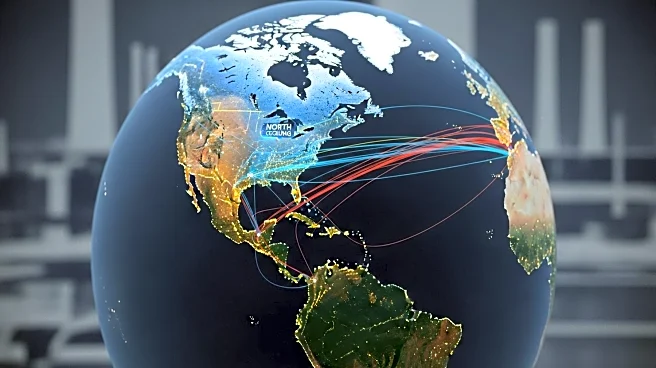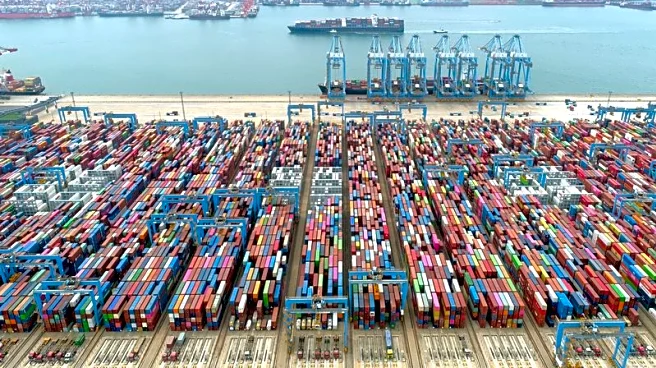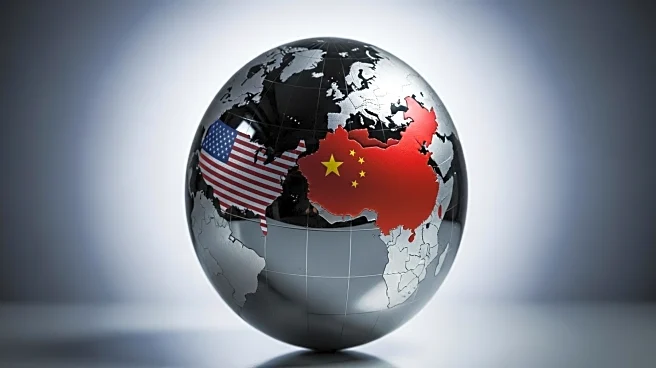What is the story about?
What's Happening?
The GEP Global Supply Chain Volatility Index has highlighted a significant divergence in manufacturing activity across different regions. In September, Chinese manufacturers increased purchasing sharply, driving Asia's supply chains to their busiest level since June 2022. This surge in activity contrasts with North American manufacturers, who faced tariff-related disruptions and a softer economic outlook, leading to a slowdown in manufacturing activity. European supply chains also remained sluggish, operating at their weakest since March. The index, which tracks demand conditions, shortages, transportation costs, inventories, and backlogs, showed little change from August, indicating global supply chains are still operating below full capacity.
Why It's Important?
The cooling of North American manufacturing activity amidst global growth has significant implications for U.S. industries and economic stakeholders. The slowdown could affect the competitiveness of U.S. manufacturers, as they face challenges from tariff-related delays and economic uncertainties. This situation may lead to reduced inventory buffers and cautious purchasing strategies, impacting supply chain efficiency and potentially leading to higher costs for consumers. Additionally, the contrasting growth in Asia, particularly China, underscores the shifting dynamics in global manufacturing, which could influence trade policies and economic strategies in the U.S.
What's Next?
As global supply chains continue to face volatility, U.S. manufacturers may need to adapt their strategies to mitigate the impact of tariff pressures and economic uncertainties. This could involve exploring alternative supply sources, investing in technology to enhance efficiency, or advocating for policy changes to address trade barriers. Stakeholders, including policymakers and industry leaders, will likely monitor these developments closely to assess their impact on the U.S. economy and manufacturing sector.
Beyond the Headlines
The current trends in global manufacturing highlight deeper implications for international trade relations and economic policies. The rise in Chinese manufacturing activity may prompt discussions on trade agreements and tariffs, as countries seek to balance competitive pressures with economic growth. Additionally, the ongoing challenges in North American and European supply chains could lead to long-term shifts in manufacturing strategies, emphasizing resilience and adaptability in the face of global uncertainties.
AI Generated Content
Do you find this article useful?















